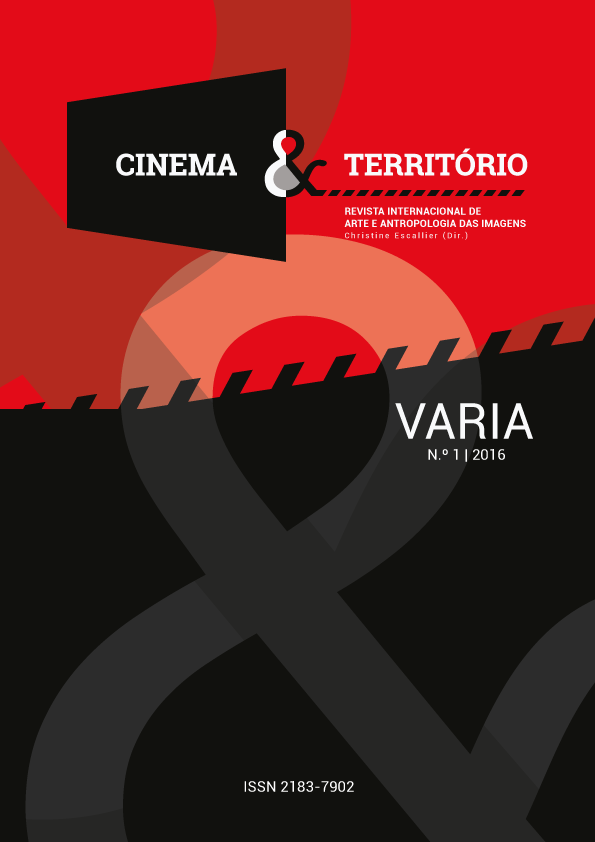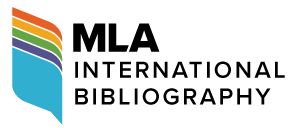Journey, border and heterotopia: spatial formulations for two encounters between ethnography and cinema
DOI:
https://doi.org/10.34640/universidademadeira2021silvanoKeywords:
João Pedro Rodrigues, João Rui Guerra da Mata, visual anthropology, cinema, deterritorialization, travel, heterotopia, MacauAbstract
In 1997 and 1998 I accompanied the shooting of the films Esta é a minha casa and Viagem à Expo by João Pedro Rodrigues and, in 2010, part of the shooting of the films Alvorada Vermelha and A última vez que vi Macau, by João Pedro Rodrigues and João Rui Guerra da Mata. In both cases, I took the experience of participating in the film crew as an ethnographic work. With this text, I intend to present the way of doing anthropology that was the basis of the texts I wrote afterwards, based on that experience. In my view, João Pedro Rodrigues' cinema accesses the real within a mode of description that operates by integration in/with the forces that constitute it. In this sense it resembles the descriptions of some anthropologists. But, as in the case of the latter, the description already contains an interpretation, and this interpretation is inseparable from its author. Using the filmmaker's descriptions, I have therefore accessed a part of the real that would otherwise have been closed to me. My anthropological description was subjected to a folding, since I worked from a description, made by a filmmaker, of what I myself had observed. [...]
References
Augé, M. (1992). Non-Lieux. Paris, Seuil.
Appadurai, A. (1997). Modernity at large. Minneapolis, University of Minnesota Press.
Baudrillard, J. (1986). Amérique. Paris, Bernard Grasset.
Foucault, M. (1984). Des espaces autres. Archi Bref 48:5-8, Genève.
Graburn, N. (1995). “Tourism, Modernity and Nostalgia”, in Ahmed, A. et Shore, C. (dir.), The Future of Anthropology: Its Relevance to the Contemporary World, Atlantic Highlands, NJ: Athalone Press; London: University of London, pp.158-178.
Ingold, T. (2011). Being Alive, Routledge. London, New York.
Lam, W. (2010). Promoting Hybridity: The Politics of the New Macau Identity, The China Quarterly, Vol. 203, pp. 656-674.
Low, S. M. e Lawrence-Zúñiga, D. (2003). The Anthropology of space and place, locating culture. Malden, Oxford, Carlton, Berlin, Blackwell.
Schechner, R. (1988). Performance theory. New York, London, Routledge.
Silvano, F. (2015). « Musées et casinos dans une ville "Patrimoine Mondial" : authenticité et hyperréalité, deux formes culturelles de l’espace urbain de Macao », in Fagnoni, E. e Gravari-Barbas, Nouveaux musées, nouvelles ères urbaines, nouvelles pratiques touristiques, Presses de l´Université Laval, Laval, (85-101).
Silvano, F., (ensaio) e Rodrigues, J.P. (documentários) (2012). De casa em casa: sobre um encontro entre etnografia e cinema, Palavrão, Caldas da Rainha.
Simpson, T. (2012). « Tourist Utopias: Las Vegas, Dubai, Macau ». Asia Research Institute, Working Paper series nº177.
Simpson, T. (2008). The commercialization of Macau’s cafés, Ethnography, Sage, Los Angeles, London, New Delhi et Singapore, vol. 9 no.2, p.197-234.
Turner, V. (1982). From Ritual to Theatre, The Human Seriousness of Play. Nova Iorque, PAJ Publications.
Van Gennep, A. (1978). Os ritos de passagem. Petrópolis, Vozes. (1ª ed. 1908) Warnier, J.-P. (2005). Construir la culture matérielle. Paris, Puf.
Downloads
Published
How to Cite
Issue
Section
License
Copyright (c) 2016 Filomena Silvano

This work is licensed under a Creative Commons Attribution-NonCommercial 4.0 International License.
For more information follow the link: CC Atribuição-NãoComercial 4.0








